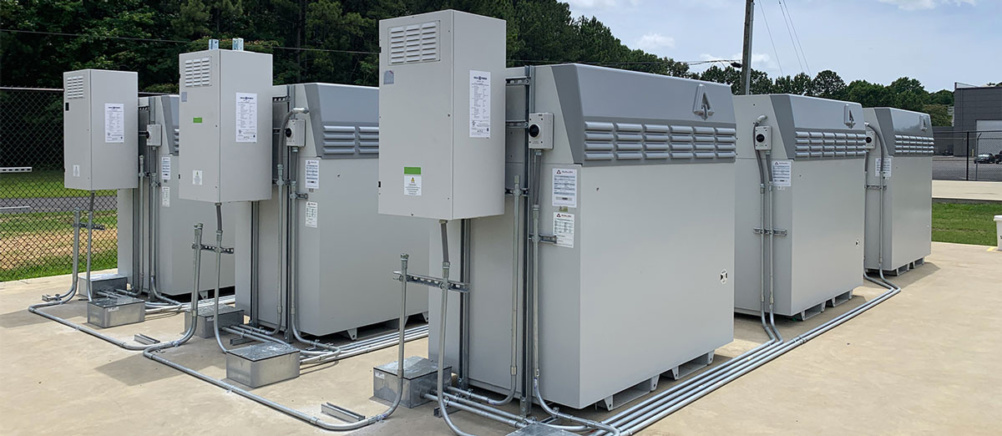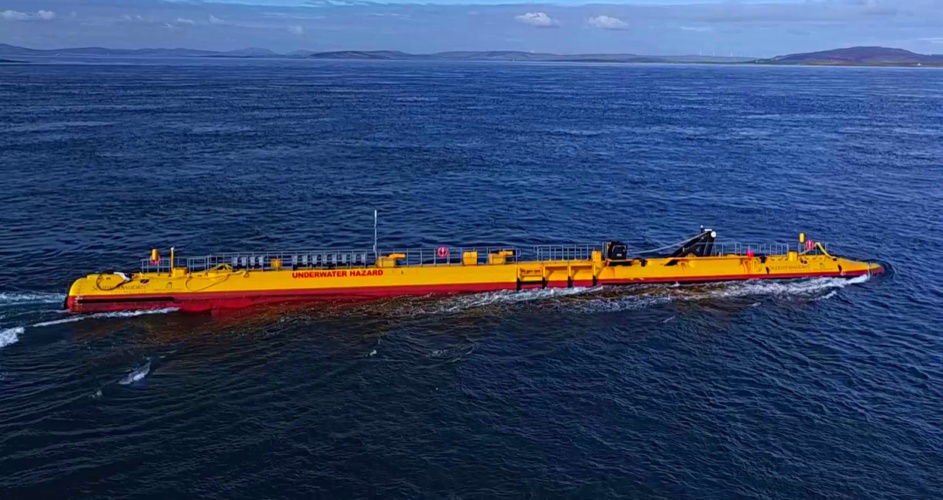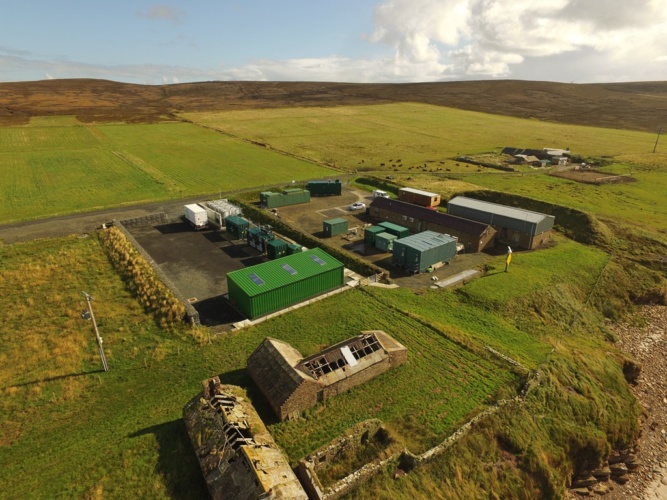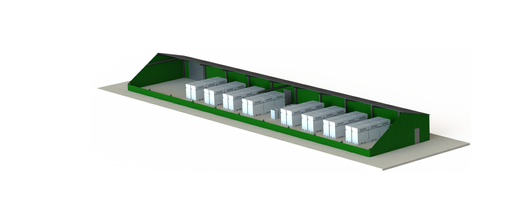
Claimed to be a world first, the project will see Invinity Energy Systems delivering a 1.8MWh vanadium flow battery (VFB) at EMEC’s tidal energy test site on the island of Eday. VFBs can store and discharge industrial levels of power over multiple daily cycles and have a lifespan of 25 years, with little degradation. The pilot project will aim to demonstrate that VFBs can act as a bridge between the natural variations of tidal power and the consistent energy requirements of hydrogen electrolysis.
"This is the first time that a flow battery will have been coupled with tidal energy and hydrogen production, and will support the development of the innovative energy storage solution being developed in the Interreg NWE ITEG project,” said Neil Kermode, managing director at EMEC.

“Following a technical review looking at how to improve the efficiencies of the electrolyser, we assessed that flow batteries would be the best fit for the energy system. As flow batteries store electrical charge in a liquid rather than a solid, they can provide industrial quantities of power for a sustained period, can deeply discharge without damaging itself, as well as stand fully charged for extended periods without losing charge. These are all necessary qualities to integrate battery technology with the renewable power generation and hydrogen production process.”
EMEC announces €31m floating wind trial off Irish coast
Growing a green gas giant: innovations in hydrogen production
Invinity’s battery system consists of two separate tanks of vanadium electrolyte with different charges, both of which are connected to a central fuel cell stack. Electrolyte from the tanks is pumped through the fuel cell stack, where an ion exchange occurs across a membrane. When this exchange occurs, a reversible electrochemical reaction takes place, allowing electrical energy to be stored and subsequently discharged.

The technology relies on the ability of vanadium to exist in four different oxidation states (V2+, V3+, V4+ and V5+), each of which holds a different electrical charge. As the same element – albeit in different states - is used for both the positive and negative sides of the battery, many of the contamination and degradation problems that can occur in other batteries over time can be avoided.
“Vanadium flow batteries are the perfect partner for tidal power, continually absorbing then dispatching four or more hours of continuous power, multiple times per day, over decades of service – a duty cycle that would rapidly degrade lithium batteries,” said Matt Harper, chief commercial officer at Invinity.
“Because of their inherent variability, all renewable energy sources – including wind, solar and tidal – have difficulty providing the consistent power that industrial processes like electrolysis need to operate most effectively. Including energy storage in a comprehensive renewables-to-hydrogen system bridges that gap, providing a path to accelerated commercialisation of future green hydrogen projects.”

Funded by the Scottish Government via Highlands and Islands Enterprise (HIE), the modular flow battery will consist of eight Invinity VS3 battery units linked together into a single system. It will be assembled at Invinity’s manufacturing facility in Bathgate, West Lothian and is expected to go live at EMEC next year.




Poll: Should the UK’s railways be renationalised?
I've been watching some of the TV interviews with some level of incredulity. I do recall that the last time this was mooted the cost was in the region...